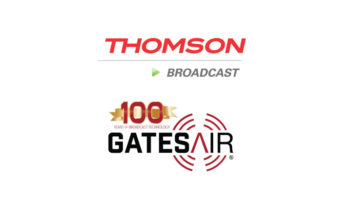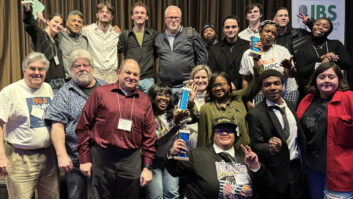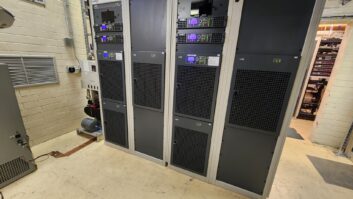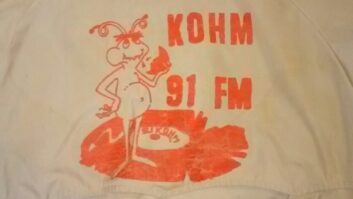CEDAR RAPIDS, IOWA — Serving a mid-sized broadcaster with 40 radio stations in four states, the NRG Media engineering team has operational savings on the mind. Every dollar counts, especially when it comes to labor and equipment costs. Therefore, there are three key traits we look for with technology: longevity, reliability and, increasingly, efficiency.

We have long counted on GatesAir for a large percentage of our transmission systems. Their proximity to our Midwest location has been a benefit for service, including quick access to spare parts and occasional training sessions at their Quincy, Ill., facility. In the rare instance we need to call support, we know to whom we are speaking with on a first-name basis.
The quality of their transmitters, however, is what keeps our stations competitive and profitable. We have many GatesAir tube and solid-state transmitters that have been in reliable service for many years. However, as solid-state technology continues to grow more efficient, thanks to advances in LDMOS transistors, we gradually have retired or moved our tube transmitters into backup service.
Our recent transmitter purchases favor GatesAir’s Flexiva FAX air-cooled transmitter line. Many of these have low-power systems, but we recently installed a FAX30 (30 kW) transmitter at KOKZ(FM) in Waterloo, Iowa. The FAX30 replaces a GatesAir FM-25K tube model that had been in service since 1985; that transmitter now operates in standby mode, as it remains in excellent condition.
As with most such facilities, we had limited space to accommodate a new transmitter. An advantage of modern LDMOS technology is that the transmitter footprint is reduced significantly. Since we signed up for GatesAir’s white-glove service, the service team slid the FAX30 into the designated space we provided. The modular build of the transmitters removes the need for forklifts and just makes the move-in process painless.
A remarkable benefit of Flexiva transmitters is how quickly they are ready for air. In most cases, we have a new Flexiva on the air within two hours, and it was no different for KOKZ. Once the frame was in place, we plugged in the modules, wired three or four connections, and plugged in a few ribbon and coaxial cables. The rigid RF pipe provided with the transmitter is precut, and simple to line up and tighten to our combiner and other RF accessories. The Flexiva manuals are straightforward, and our electrician was clear on proper cable size and voltage handling for the final steps. It’s literally the easiest transmitter model we have installed.
Speaking of modules, the limited number of power amplifiers and other parts inside the transmitter offer several benefits. For one, there is ample space to work inside the transmitter; modules are easy to reach and hot-swap as needed, and typical maintenance is limited to blowing dust out of the filters. More important is the high-efficiency design that ties to the limited modules and LDMOS transistors. Both play significant roles in reducing power consumption and cooling loads; our air conditioning units run far less than before. In fact, the FAX3 and FAX5 transmitters run so cool at other facilities that we have had to occasionally pump in heat during the winter months.
The FAX30 air-cooled design draws air from the front, and exhausts it through the rear of the building. The design provides options for perforated or solid doors depending on whether you want to channel the air straight up into a hot air return, or just dissipate the air within a closed air conditioning system. These options are important as it doesn’t force the broadcaster into an air-cooling pattern that might require other expensive and time-consuming design changes inside the building.
The audio quality coming is second to none, and much of this is due to the design of the Flexiva FAX exciter. NRG sizes our future transmitters with HD Radio in mind. We like that this exciter, and by default the transmitter, are HD Radio-ready without expensive reconfiguration. Once we are ready to move forward, we will work with our regional GatesAir representative to determine equipment configurations.
GatesAir helps our stations remain competitive and profitable. They clearly are the most economical transmitters from a price-to-performance ratio, typically costing about 10 percent less than the closest competitor. We have small- and medium-sized markets, and everything in between. Regardless of market size, it’s paramount to have a reliable transmitter that produces excellent sound and coverage to optimize ratings and revenue. GatesAir fits that bill for us across our station group.
For information, contact Keith Adams at GatesAir in Ohio at 1-513-459-3447 or visit www.gatesair.com.











